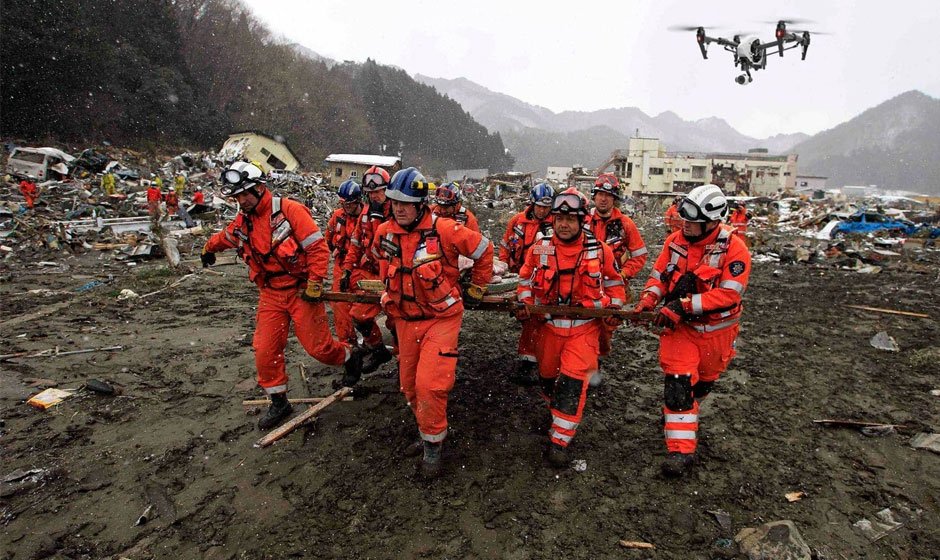Emergency Response: Effectiveness in Search and Rescue Missions

During emergencies, such as natural disasters or missing persons cases, effective emergency response is crucial, particularly in search and rescue missions. The ability to quickly locate and rescue individuals in distress can make a significant difference in their survival and well-being. In this blog post, we will delve into the effectiveness of emergency response in search and rescue missions, exploring strategies, technologies, and best practices that contribute to successful operations. By understanding these key elements, emergency response teams can enhance their capabilities and save lives.
Importance of Coordination and Communication
Coordination and communication are essential components of successful search and rescue missions. Consider the following aspects:
- Establishing Command Centers: Set up centralized command centers where information can be gathered, analyzed, and disseminated effectively. This facilitates coordination between different teams and ensures efficient deployment of resources.
- Interagency Collaboration: Foster collaboration between various agencies, such as law enforcement, fire departments, and volunteer organizations. Sharing resources and expertise enhances collective capabilities and maximizes the chances of successful outcomes.
- Utilizing Communication Technology: Employ reliable communication systems, including two-way radios, satellite phones, and mobile apps, to enable real-time communication among team members in remote or challenging environments.
Search Techniques and Strategies
Effective search techniques and strategies are vital for swift and accurate locating of missing individuals. Consider the following approaches:
- Systematic Grid Searches: Divide the search area into grids and systematically cover each grid, ensuring no area is left unexplored. This method ensures thorough coverage and reduces the risk of overlooking potential locations.
- K9 Units and Search Dogs: Utilize trained search dogs and K9 units, which have an exceptional sense of smell and tracking abilities, to aid in locating missing individuals or detecting human scent in challenging terrain.
- Aerial Reconnaissance: Deploy aircraft and drones equipped with high-resolution cameras and thermal imaging technology to conduct aerial reconnaissance, providing an overview of the search area and identifying potential targets.
Technology and Tools for Rescue Operations
Advancements in technology have significantly improved the effectiveness of emergency response in search and rescue missions. Consider the following technologies:
- GPS and GIS: Utilize GPS (Global Positioning System) devices and GIS (Geographic Information System) software to track the movements of search teams, mark areas already covered, and record valuable data for analysis.
- Satellite Imagery: Leverage satellite imagery to gain a comprehensive view of the search area, identifying changes in terrain, landmarks, or signs of human presence that may aid in locating missing individuals.
- Rescue Equipment: Equip search and rescue teams with specialized tools and equipment, such as rope systems, thermal cameras, and personal locator beacons, to enhance their capabilities and safety during operations.
- Police Sirens: Sirens from police vehicles can pave the way through traffic, ensuring that rescue teams reach their destinations as quickly as possible. Furthermore, the sound of sirens can act as a beacon for those lost or in distress, directing them toward help.
Training and Preparedness
Training and preparedness are fundamental for effective emergency response in search and rescue missions. Consider the following aspects:
- Specialized Training Programs: Provide specialized training to search and rescue teams, focusing on navigation skills, wilderness survival, first aid, and technical rescue techniques. This ensures that team members are well-prepared to handle challenging situations. Some teams also undergo a CPR course to make sure that everything goes well in case this procedure would be necessary.
- Simulated Exercises: Conduct simulated search and rescue exercises to familiarize teams with real-life scenarios and test their skills and decision-making capabilities. These exercises help identify areas for improvement and promote teamwork and coordination.
- Continuous Professional Development: Encourage ongoing professional development for search and rescue personnel, including attending workshops, conferences, and staying updated on the latest technologies and techniques in the field.
Evaluation and Lessons Learned
Regular evaluation and learning from past search and rescue missions are crucial for continuous improvement. Consider the following practices:
- Post-Mission Analysis: Conduct comprehensive debriefings and post-mission analysis to evaluate the effectiveness of response efforts, identify successes, and areas for improvement. This feedback loop helps refine strategies and procedures for future operations.
- Sharing Best Practices: Facilitate knowledge sharing and collaboration by documenting and sharing best practices and lessons learned from successful search and rescue missions. This allows other teams to benefit from valuable experiences and insights.
Effective emergency response in search and rescue missions requires coordination, communication, specialized techniques, and the use of advanced technologies. By emphasizing the importance of coordination and communication, implementing effective search techniques and strategies, leveraging technology and tools, investing in training and preparedness, and continuously evaluating and learning from past missions, emergency response teams can enhance their capabilities and improve outcomes. Such efforts ultimately contribute to saving lives and providing help to those in need during critical situations.



